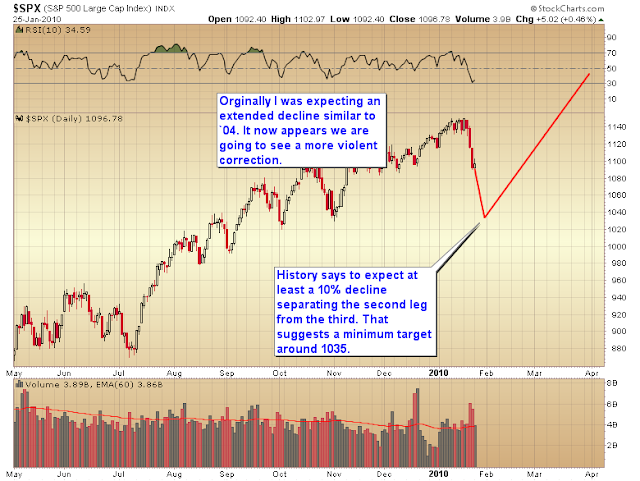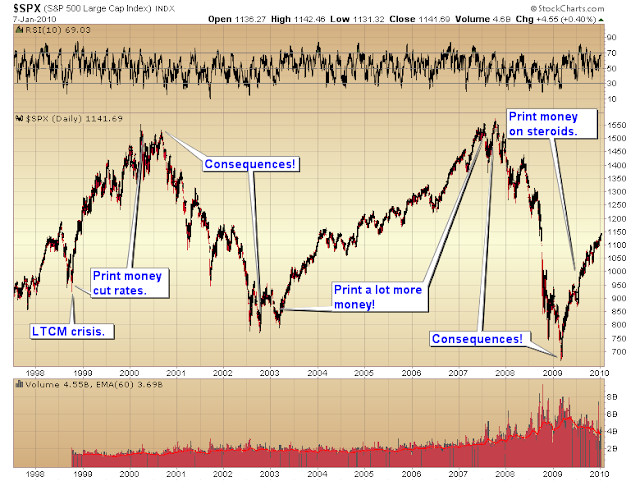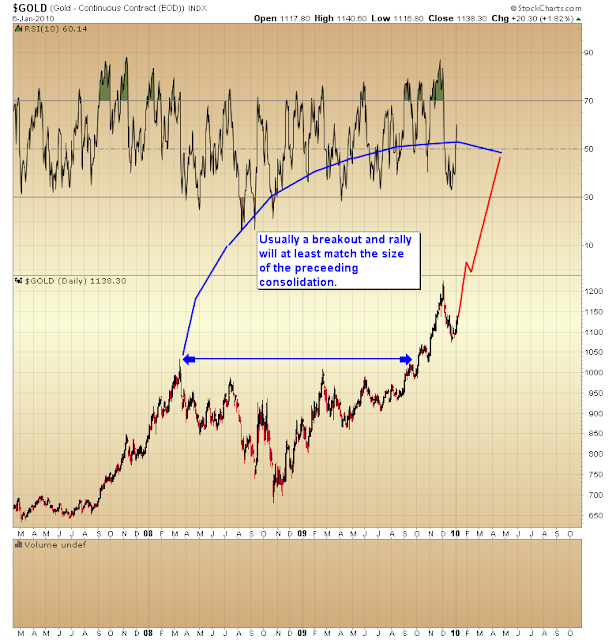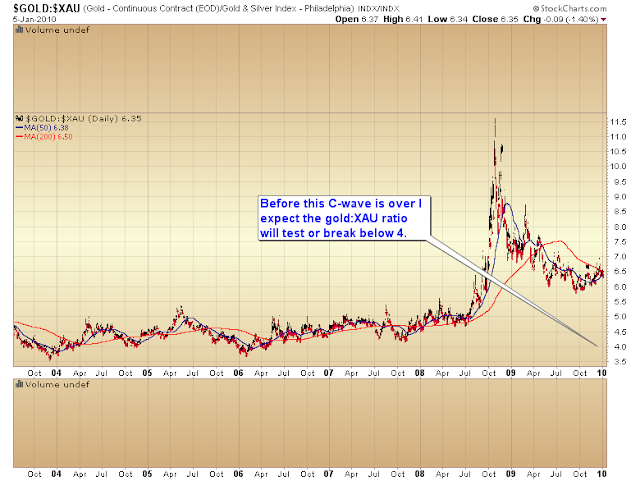Ultimately what we ended up with was the largest real estate and credit bubbles the world had ever seen. The fallout from the bursting of those two bubbles has not been pleasant to say the least and the mess that was created is going to be with us for a long time.
Anyway it’s pretty easy to see the effects of printing billions of dollars. A spectacular bull market lasting over five years followed by one of the worst market crashes in history.
So now Bernanke, following in Greenspan’s footsteps, has decided to go down the same path again. Only this time the intervention isn’t measured in billions, it’s measured in multi trillions. Let’s step back and take a look at the effect this insane monetary policy has had so far. What we see is a much more violent rally than what happened during the last cyclical bull. This is a bull on steroids.
When viewed from a longer term perspective the current correction can be seen for what it really is, a minor blip so far. As I’ve said all along, this is just a profit taking event in an ongoing liquidity fueled cyclical bull. But instead of being fueled by billions of dollars this bull is being fueled by trillions of dollars. If you look back at the earlier chart you will notice the last bull “tested” the lows in March `03. This bull has been powered by so much money that no test of the bottom was even vaguely possible. That alone should be a clue that something unnatural was happening.
Now here’s what I hear from most analysts. By far most people are in the camp of a continued bull, but one where the gains come much slower. Something similar to what happened from `04 to `07. The other camp believes this is the beginning of another leg down in the secular bear market.
Here’s what I think is probably going to happen. Both camps are going to be right, but they are also going to be wrong. Let me explain.
First off there’s no question we are in a secular bear market. One that still hasn’t reached true secular bear market bottom valuations yet. In that context yes the market is going back down. Let’s face it, all the printing didn’t stop the bear last time. All it did was give us a temporary high followed by a much bigger headache than we had to begin with. Does anyone seriously think the same formula only 1000 times bigger is going to produce a different result? Well I guess Bernanke does, but in his defense I think he’s probably insane. In any case I can assure you that it will not achieve a better outcome. As a matter of fact it’s going to produce an outcome many multiples worse than what we just went through.
So yes, we are going back down eventually, but to think that the trillions of dollars being pumped into the market is going to only produce a meager 10 month two leg rally is probably unreasonable. We’ve already seen those multi trillion dollars produce one of the most violent rallies in history. I would say the odds of this bull market ending here are slim. Especially considering that Bernanke has no qualms about printing another trillion or two or twenty if need be. No, I think the bulls are going to be correct on the continuation of the bull. Where I think they are going to be wrong is the speed in which this bull unfolds. I’m beginning to question whether the next stage of the bull is going to “slow down” like it did from `04 to `07. As a matter of fact I think there’s a decent chance the massive liquidity condenses the rest of this cyclical bull into one more leg up that may take the market close to the old highs.
Bull markets tend to see the most rapid advances at the beginning and end. The first leg up tacked on 300 points. The second leg 200 points. Is it really all that hard to imagine another move of 300 points over the next 4 or 5 months resulting in a three legged bull market. I’m guessing that no one is expecting that scenario. Most bulls are hiding in the corner right now and most of the bears are planning for Armageddon. Both will be completely unprepared for a third powerful push higher. I’ll also say that no one will be prepared for the massive catastrophe that will surely follow.







































